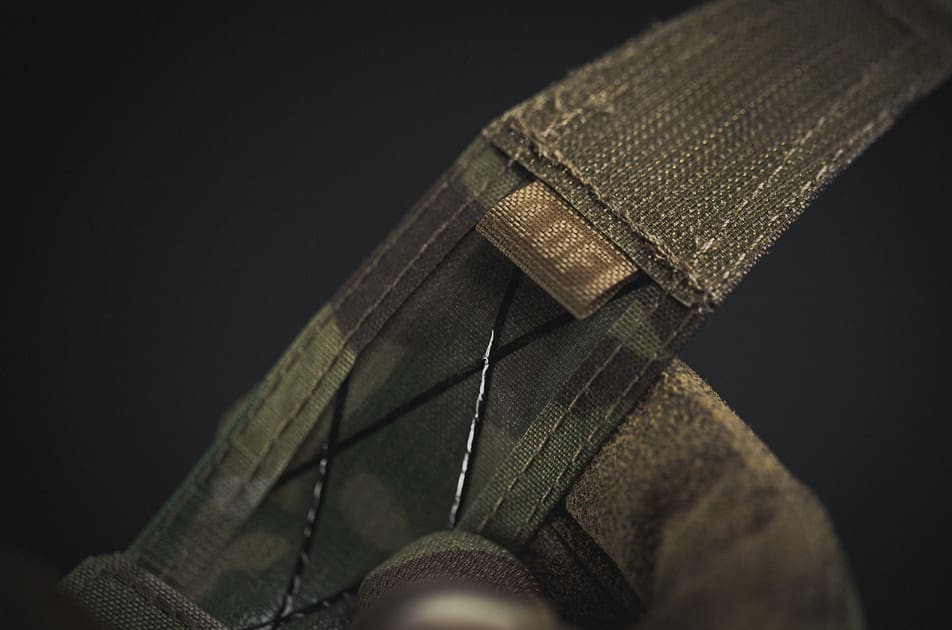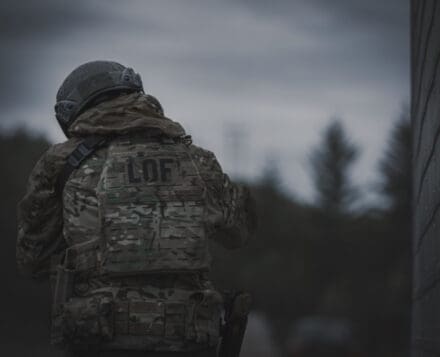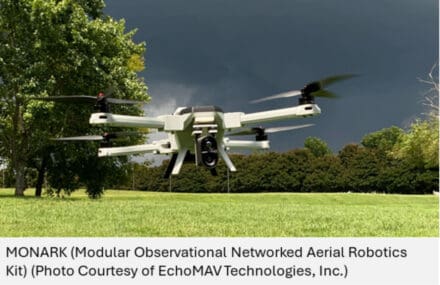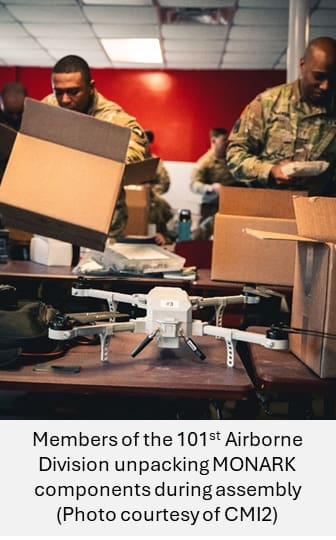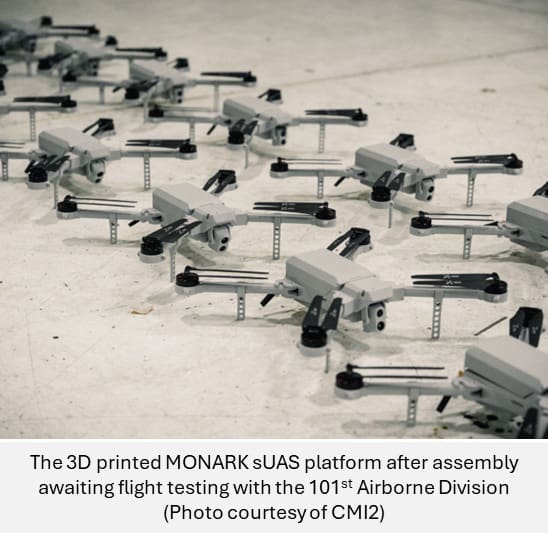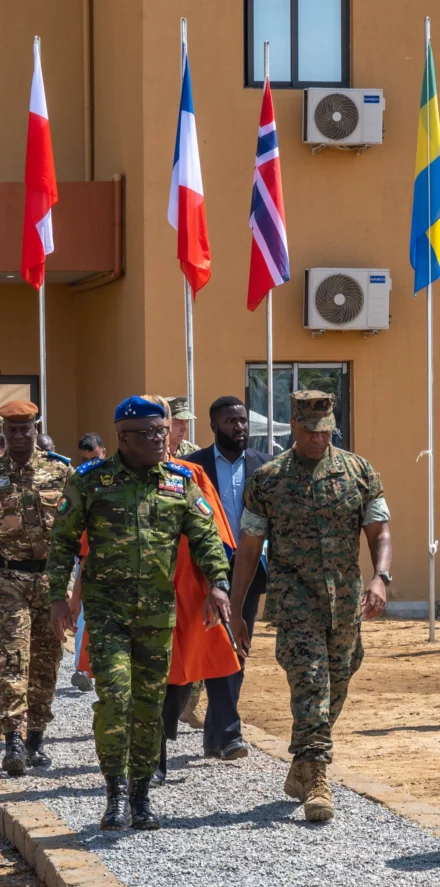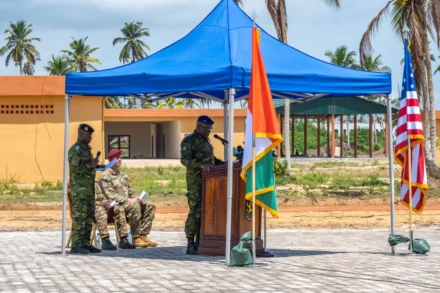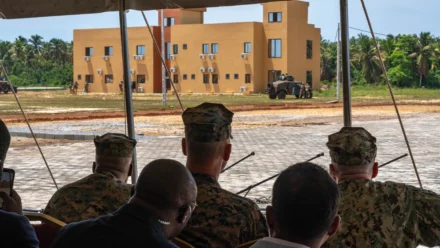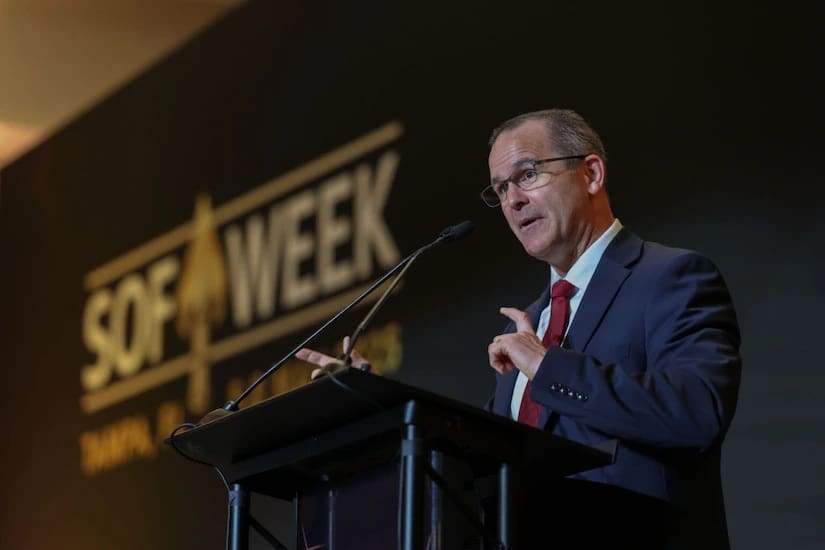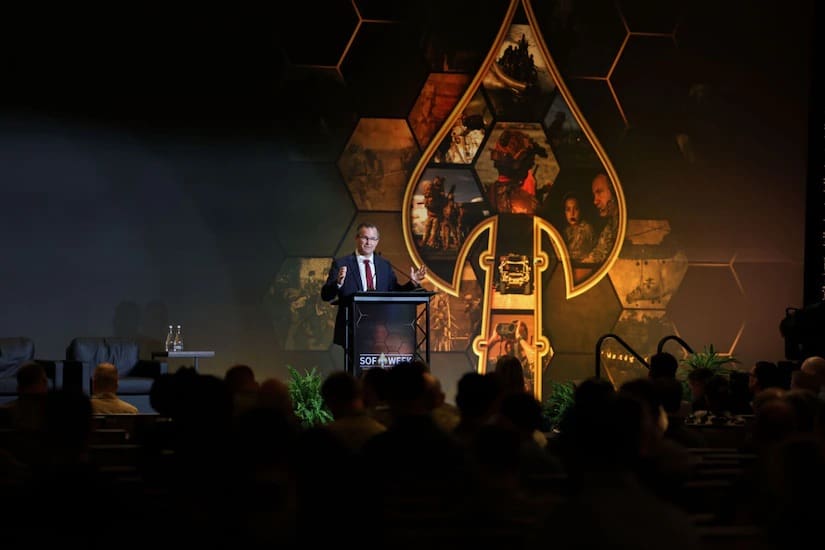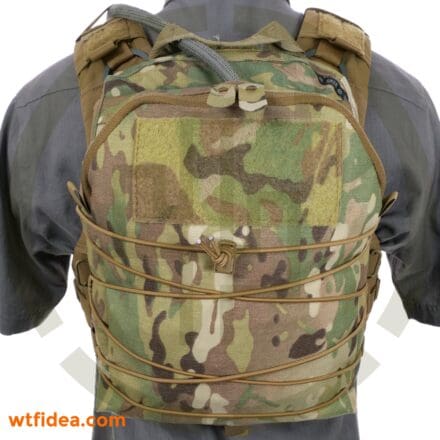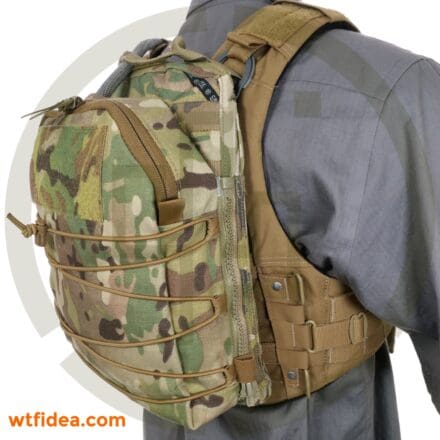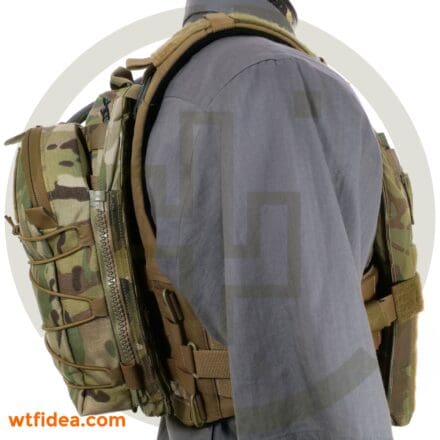The proliferation of Unmanned Aircraft Systems (UAS) in civil works, emergency response, and military applications is the primary driver for development of the Operator’s Tool for Information Collection (OPTIC). Designed to meet operational needs, OPTIC leverages decades of experience to improve mission planning, operational tracking, and data-driven decisions for the U.S. Army Corps of Engineers (USACE).
“OPTIC is the direct result of real-world challenges to UAS operations in demanding environments,” said Brian Ellis, OPTIC Program Manager for the USACE Aviation Program Office (APO). “The design of the software is built with the end-user in mind, ensuring they have the tools necessary to execute missions safely, efficiently, and with greater confidence.” OPTIC streamlines data collection, reduces operational costs, and strengthens mission outcomes. OPTIC sets the conditions for UAS operators, even those with minimal aviation training, to safely and effectively collect survey data in all aspects of the National Airspace System.
From Paper to Digital
Mission planning once relied on manual processes and paper-based systems, such as the Army Mission Planning System (AMPS). While effective, these methods were labor-intensive and lacked adaptability. In response to that, the APO developed the Management Information System for Aviation and Remote Systems (MARS). It transitioned mission planning to a web-based platform that integrated personnel management, fleet tracking, and mission coordination.
“MARS marked a critical shift to digital mission planning, enhancing efficiency and situational awareness for USACE UAS operators,” Ellis said. “OPTIC builds upon this foundation, delivering a more advanced, feedback-driven solution tailored for today’s complex operational environments.” By continuing to refine and expand the mission-planning capabilities of OPTIC, the APO is committed to equipping UAS operators with the most advanced tools available.
Safety First
Safety is the primary consideration in all phases of UAS operations. The APO emphasizes rigorous protocols, adhering to both Federal Aviation Administration (FAA) and Army regulations. OPTIC plays a critical role in this effort by reducing the need for personnel in high-risk environments and equipping operators with comprehensive risk assessment tools to enhance mission safety and decision-making.
“The safe operation of aircraft is our highest priority,” Ray Illman, USACE APO Aviation Safety Officer said, “With the UAS program, we can execute critical tasks in hazardous environments while significantly reducing risk to personnel, property, and mission objectives.”
Efficiency and Precision in Action
OPTIC will take mission planning to new heights by integrating real-time data collection, predictive analytics, and in later phases, Artificial Intelligence (AI). These advancements will provide field UAS operators and mission planners with the ability to monitor projects with greater accuracy, optimize decision-making, and improve overall operational effectiveness.
“OPTIC reduces the barriers to entry for aerial data collection in even the busiest airspace,” Ellis said. “With multi-faceted aerial collection capabilities, users can gather data faster with enhanced precision and reduce operational risks.”
OPTIC’s development is structured in three phases, with foundational modules for personnel, fleet, and mission planning. Future phases will introduce a repository for processing, storage and dissemination of actionable data, expanded safety planning for larger UAS groups, advanced data consolidation, approved mobile device accessibility, and AI-driven tools to further optimize mission planning, execution, and decision making.
Maximizing Value Across USACE Districts
OPTIC’s capabilities directly translate into value for USACE by reducing timelines, improving outcomes, and optimizing resources. Its scalability ensures that it meets the needs of both military and civilian operations.
“The capabilities of UAS’ add significant value by driving down risk to personnel and improving fidelity through more accurate and detailed survey data, while reducing costs,” Ellis said. “By minimizing risk to personnel and providing highly detailed, accurate survey data, we can improve decision-making, reduce costs, and drive better project outcomes.”
Innovation and Collaboration
The development of OPTIC reflects the APO’s focus on continuous improvement, innovation, and cost-effective solutions. By leveraging in-house expertise, the APO is advancing mission planning capabilities while ensuring efficiency and adaptability. Additionally, collaboration with other federal agencies strengthens resource sharing and strategic partnerships, further enhancing UAS operations.
“We’re committed to incorporating the most innovative technology to maximize the safety and effectiveness of aerial survey data collection,” Ellis said. “Through investments in research and partnerships with industry leaders, we’re shaping the future of UAS mission planning and operational tracking.”
A Future-Focused Platform
By integrating real-time metrics, advanced analytics, and a Commander’s Dashboard, OPTIC equips UAS operators and leadership with a comprehensive operational view that enhances situational awareness and decision-making. This platform reflects the APO’s commitment to enabling safe, effective, and efficient UAS operations while maximizing resources.
“OPTIC is not just a tool; it’s the culmination of decades of expertise,” Ellis said. “It paves the way for smarter, faster, and more informed decision-making, ensuring mission success across the full scope of USACE UAS missions.”
With a phased development approach and a strong emphasis on safety, collaboration, and efficiency, OPTIC is set to transform UAS operations across USACE and beyond, providing UAS operators and decision-makers at all levels with enhanced capabilities to meet the demands of modern engineering challenges with confidence and precision.
OPTIC Development Phases
Phase 1: Direct Replacement of MARS (Q2 FY25)
Phase 1 will focus on developing three foundational modules to serve as a direct replacement for MARS:
- Personnel Module: Tracks crewmember status, qualifications, currency, and regulatory compliance.
- Fleet Module: Monitors the operational status, configuration compliance, and readiness of aviation assets.
- Mission Planning Module: Facilitates mission airspace coordination, risk assessments, and compliance tracking.
These modules maintain the core functionality of MARS and incorporate automated alerts during the planning process to prevent regulatory or safety violations. Another Phase 1 feature will be the Leader’s Dashboard to provide situational awareness to decision makers on their UAS operator and system operational readiness to make more informed decisions for mission execution.
Phase 2: System Alerts and Notifications (Q1 FY26)
Phase 2 will enhance OPTIC’s functionality by incorporating a data repository to store and share data amongst other organizations in OPTIC. This phase will include:
- Sensor-agnostic data repository to store and share collected data.
- Email and text message notifications for upcoming deadlines, training requirements, and maintenance schedules.
- Access via approved mobile devices to improve accessibility in field environments.
- Dropdown menus to assist in personnel and equipment module ease of use.
- Data consolidation and trend analysis of equipment issues and failure rates to improve UAS acquisition decisions.
- Integration of software for regulatory compliance for mission planning and safety assessments for larger UAS.
These enhancements will ensure that all personnel and equipment remain in compliance with published regulatory requirements and postured to support USACE and its partner organizations.
Phase 3: AI Integration (Q2 FY27)
Phase 3 will focus on integrating advanced AI-driven features to further elevate OPTIC’s capabilities. These features will include:
- Predictive analytics to identify potential risks and optimize mission planning.
- AI-enhanced data processing to provide actionable insights in real time.
- Advanced decision-support tools to assist commanders in making data-driven operational decisions.
By completing Phase 3, OPTIC will fully realize its potential as a cutting-edge platform for mission planning, operational tracking, and decision-making support.
By Amanda Rae Moreno


